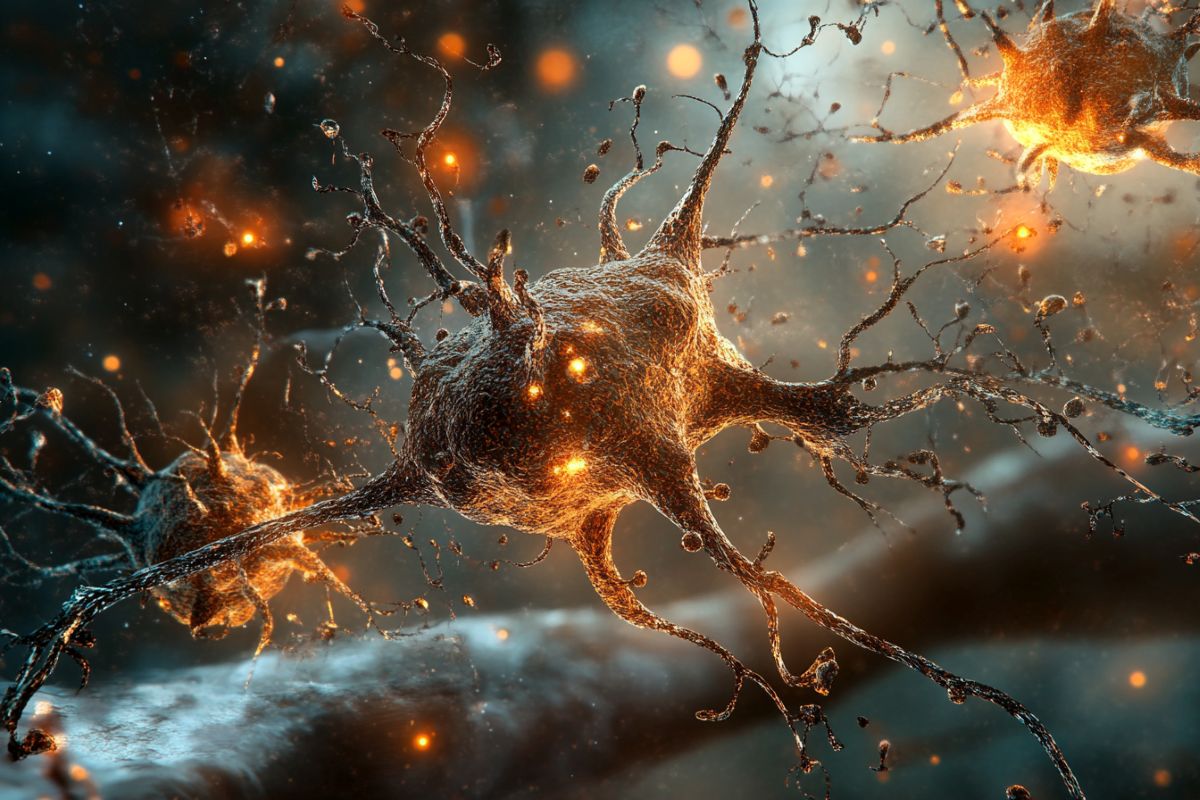Maybe your competent? doctor can explain why this isn't already in a protocol for your use! Excuses like no human testing are not allowed. If you had a competent doctor at all, human testing would have been initiated by them! So, I guess you DON'T have a functioning stroke doctor, do you?
Moderate ultraviolet light exposure boosts the brainpower of mice thanks to increased production of the neurotransmitter glutamate May 2018
The latest here:
Glutamate Unlocks Brain Cell Channels to Enable Thinking and Learning
Summary: Researchers used advanced cryo-electron microscopy to capture atomic-level images of how glutamate, a key neurotransmitter, opens channels in brain cells. These channels, known as AMPA receptors, are essential for neuron-to-neuron communication and play a role in learning, memory, and disorders like epilepsy.
The study showed that glutamate acts like a key, triggering a clamshell-like motion in the receptor that opens the channel to allow charged particles to flow. This breakthrough provides critical insights that could guide the development of drugs to modulate brain signaling in various neurological conditions.
Key Facts:
- Molecular Mechanism: Glutamate opens AMPA receptors by triggering a clamshell closure that unlocks the channel.
- Imaging Breakthrough: Over a million cryo-EM images captured receptor dynamics at atomic resolution.
- Therapeutic Insight: Findings could support drug design for epilepsy and cognitive disorders.
Source: JHU
In an effort to understand how brain cells exchange chemical messages, scientists say they have successfully used a highly specialized microscope to capture more precise details of how one of the most common signaling molecules, glutamate, opens a channel and allows a flood of charged particles to enter.
The finding, which resulted from a study led by Johns Hopkins Medicine researchers, could advance the development of new drugs that block or open such signaling channels to treat conditions as varied as epilepsy and some intellectual disorders.

A report on the experiments, funded by the National Institutes of Health and in collaboration with scientists at UTHealth Houston, was published March 26 in the journal Nature.
“Neurons are the cellular foundation of the brain, and the ability to experience our environment and learn depends on [chemical] communications between neurons,” says Edward Twomey, Ph.D., assistant professor of biophysics and biophysical chemistry at the Johns Hopkins University School of Medicine.
Scientists have long known that a major molecule responsible for neuron-to-neuron communications is the neurotransmitter glutamate, a molecule abundant in the spaces between neurons.
Its landing place on neurons is a channel called an AMPA receptor, which interacts with glutamate, and then acts like a pore that takes in charged particles. The ebb and flow of charged particles creates electrical signals that form communications between neurons.
To figure out details of the miniscule movements of AMPA receptors (at the level of single atoms), researchers used a very high-powered microscope to image these channels during specific steps in the communications processes. For the study, the scientists used a cryo-electron microscope (cryo-EM) in a facility at the Johns Hopkins University School of Medicine.
Typically, scientists find it easier to study cell samples that are chilled, a state that provides a stable environment. But at normal body temperature, Twomey’s team found that the AMPA receptors and glutamate activity increased, providing more opportunities to capture this process in cryoEM images.
To that end, the scientists purified AMPA receptors, taken from lab-grown human embryonic cells that are used widely in neuroscience research to produce such proteins. Then, they heated the receptors to body temperature (37 degrees Celsius or 98.6 degrees Fahrenheit) before exposing them to glutamate.
Immediately after this, the receptors were flash frozen and analyzed with cryoEM to get a snapshot of the AMPA receptors bound to the major signaling molecule, glutamate.
After assembling more than a million images taken with cryoEM, the team found that glutamate molecules act like a key that unlocks the door to the channel, enabling it to open more widely. This occurs by the clamshell-like structure of the AMPA receptor closing around glutamate, an action that pulls open the channel below.
Twomey’s previous research has shown that drugs such as perampanel, used to treat epilepsy, act as a door stopper around the AMPA receptor to limit the channel from opening and reducing the abundance of activity known to happen in brain cells of people with epilepsy.
Twomey says the findings could be used to develop new drugs that bind to AMPA receptors in different ways that either open or close the signaling channels of brain cells.
“With each new finding, we are figuring out each of the building blocks that enable our brains to function,” says Twomey.
Additional scientists who contributed to the work are Anish Kumar Mondal from Johns Hopkins and Elisa Carrillo and Vasanthi Jayaraman from UTHealth Houston.
Funding: Funding for the research was provided by the National Institutes of Health (R35GM154904, R35GM122528), the Searle Scholars Program and the Diana Helis Henry Medical Research Foundation.
About this neuroscience research news
Author: Vanessa Wasta
Source: JHU
Contact: Vanessa Wasta – JHU
Image: The image is credited to Neuroscience News
Original Research: Open access.
“Glutamate gating of AMPA-subtype iGluRs at physiological temperatures” by Edward Twomey et al. Nature
No comments:
Post a Comment